
The purpose of ten incarnation is to restore the cosmic order (i.e., eradicate the evil forces from earth and to restore the Dharma – the restoration of the divine).
Table of Contents
- Dashavatar & Yugas
- Dashavatar Images – Line-Art Forms
- 10 Avatars of Lord Vishnu
- 1. Matsya (Fish – Satya Yuga)
- 2. Kurma (Tortoise – Satya Yuga)
- 3. Varaha (Boar – Satya Yuga)
- 4. Narasimha (Half-man/half-lion – Satya Yuga)
- 5. Vamana (Dwarf – Treta Yuga)
- 6. Parashurama (Warrior with an Axe – Treta Yuga)
- 7. Rama (Prince/king of Ayodhya – Treta Yuga)
- 8. Balarama (Philosopher & Guide – Dwapara Yuga)
- 9. Krishna (Philosopher & Guide – Dwapara Yuga)
- 10. Kalki (Eternity/White-Horse – Kali Yuga)
- References
Dashavatar & Yugas
The Lord Vishnu appeared in 10 avatars (dashavatar = das meaning ten and avatar meaning incarnation) in different yugas (aka time periods).
- The first yuga was called Satya yuga where the first 4 avatars appeared.
- The second yuga was called Treta yuga where 3 more avatars appeared.
- The third yuga was called Dawapara yuga where 2 more avatars appeared.
- The last avatar (Kalki) of Lord Vishnu will appear in the next yuga which is the current yuga where we live in – Kali Yuga. This yuga will end approximately in another 432,000 years[A]. After eradicating the evil & wicked forces from the earth and liberating the virtuous with Kalki avatar, a new yuga will commence which will be called Kalki yuga.
All these yugas were clearly recorded in the Vishnu Purana[B].
Dashavatar Images – Line-Art Forms
Click on each image to see the fuller version.
10 Avatars of Lord Vishnu
1. Matsya (Fish – Satya Yuga)
Matsya is depicted as a giant fish, or anthropomorphically with a half-human torso connected to the rear half of a fish.
2. Kurma (Tortoise – Satya Yuga)
3. Varaha (Boar – Satya Yuga)
4. Narasimha (Half-man/half-lion – Satya Yuga)
Lord Vishnu descended as an anthropomorphic incarnation, with the body of a man and head and claws of a lion. He then disembowels the rakshasa at the courtyard threshold of his house, at dusk, with his claws, while he lay on his thighs.
5. Vamana (Dwarf – Treta Yuga)
Vamana then revealed his true identity and enlarged into gigantic proportions to stride over the three worlds. He stepped from heaven to earth with the first step and from earth to the netherworld with the second step. King Mahabali was unable to fulfill his promise, offered his head for the third. Vamana then placed his foot and gave the king immortality for his humility.
6. Parashurama (Warrior with an Axe – Treta Yuga)
The king demanded the cow, but Jamadagni refused. The enraged king took it by force and destroyed the ashram. Parashurama then killed the king at his palace and destroyed his army single-handedly. In revenge, the sons of Kartavirya killed Jamadagni. Parashurama took a vow to kill every Kshatriya on earth twenty-one times over, and filled five lakes with their blood. Ultimately, his grandfather, rishi Rucheeka, appeared before him and made him halt. Parashuram is considered a Chiranjivi (i.e., immortal), and believed to be alive today in penance at Mahendragiri mountain.
7. Rama (Prince/king of Ayodhya – Treta Yuga)
While in exile from his own kingdom with his brother Lakshman for 14 years and the God Hanuman, his wife Sita was abducted by the demon king of Sri Lanka, Ravana. He then traveled to Ashoka Vatika (or vanam) in Lanka, killed the demon king and saved Sita.
8. Balarama (Philosopher & Guide – Dwapara Yuga)
9. Krishna (Philosopher & Guide – Dwapara Yuga)
However Balarama is included as the eighth avatar of Vishnu in the Sri Vaishnava lists, where Buddha is omitted and Krishna appears as the ninth avatar in this list.
10. Kalki (Eternity/White-Horse – Kali Yuga)
References
- [A] – “Bg 8.17.” Bhaktivedanta Vedabase. 2012. Accessed January 01, 2017. Link.
- [B] – “VISHN´U PURÁN´A.” The Vishnu Purana: Book I: Chapter I. Accessed January 01, 2017. Link.
- [1] – The Editors of Encyclopædia Britannica. “Matsya.” Encyclopædia Britannica. 2015. Accessed January 01, 2017. Link.
- [2] – “Kurma.” Hindu Gods : Kurma (Koorm) – Hindu God and Vishnu avatar (incarnation). Accessed January 01, 2017. Link.
- [3] – “Hinduism.” Google Books. Accessed January 01, 2017. Link.
- [4] – “Srimad Bhagavatam Canto 7 Chapter 8 Verses 19-22.” Srimad Bhagavatam Canto 7 Chapter 8 Verses 19-22. Accessed January 01, 2017. Link.
- [5] – “Hindu Expressions.” Vamana Avatar: Vishnu’s Fifth Incarnation – Hindu Expressions. Accessed January 01, 2017. Link.
- [6] – “The Mahabharata, Book 7: Drona Parva: Abhimanyu-badha Parva: Section LXX.” The Mahabharata, Book 7: Drona Parva: Abhimanyu-badha Parva: Section LXX. Accessed January 01, 2017. Link.
- [7] – “RÁMÁYAN OF VÁLMÍKI.” The Ramayana index. Accessed January 01, 2017. Link.
- [8] – “Essential Hinduism.” Google Books. Accessed January 01, 2017. Link.
- [9] – “Encyclopaedia of Hindu Gods and Goddesses.” Google Books. Accessed January 01, 2017. Link.
- [10] – “Kalachakra History.” Kalachakra History. Accessed January 01, 2017. Link.


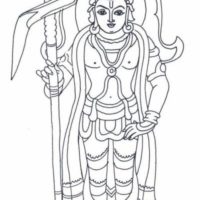
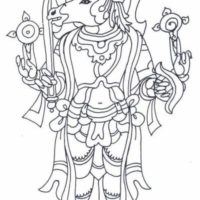
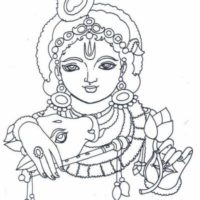
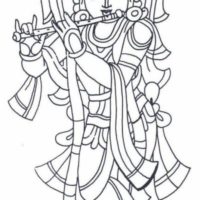
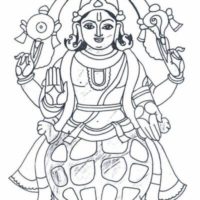
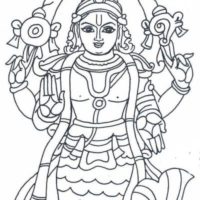
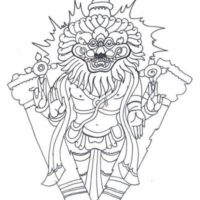
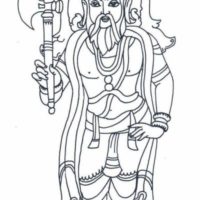
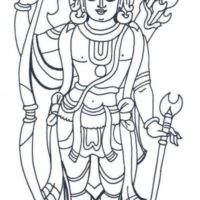
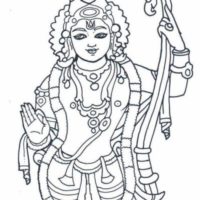
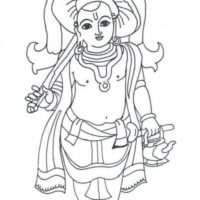
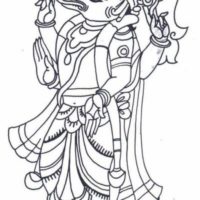
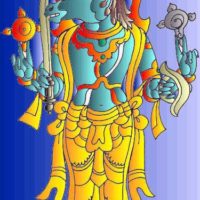
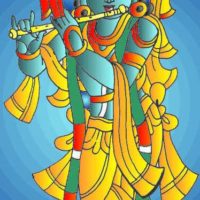
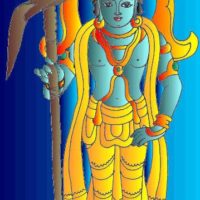
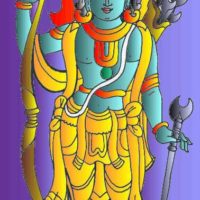
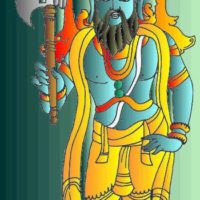
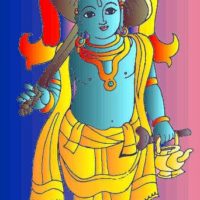
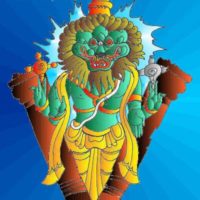
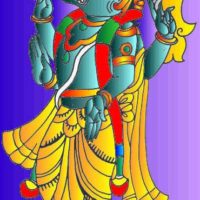
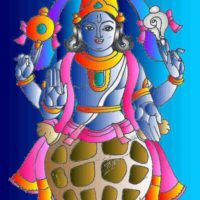
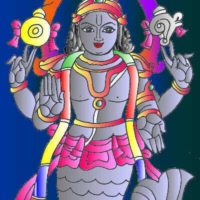
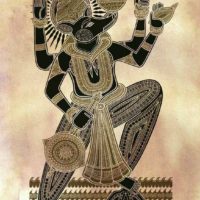
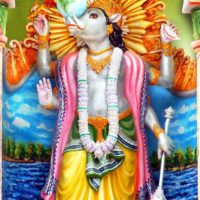
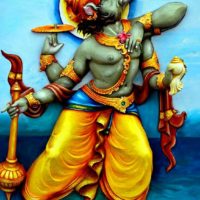
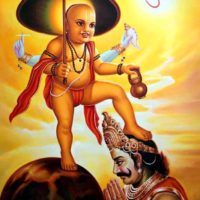
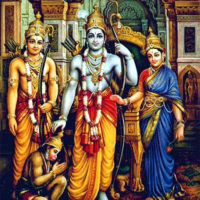
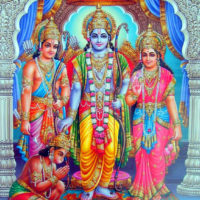
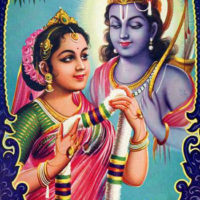
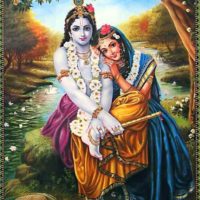
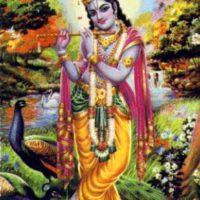
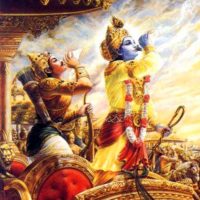
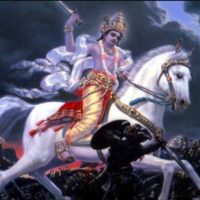
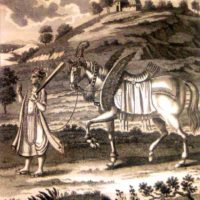
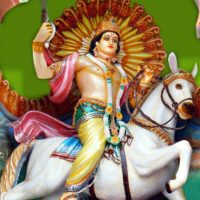
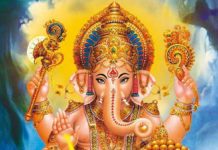
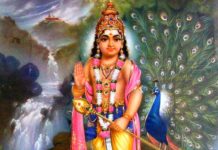
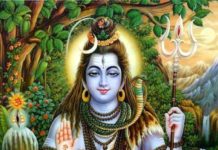
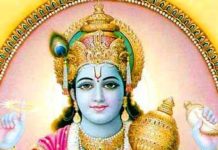
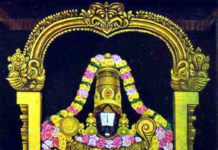
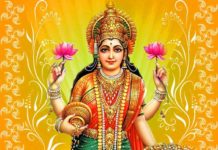
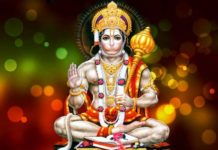
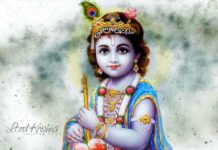
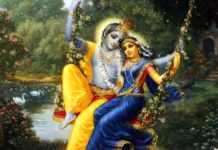
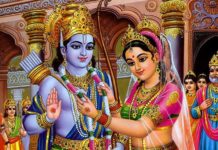
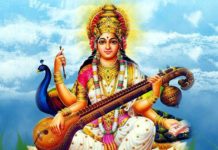
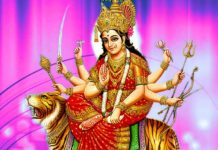
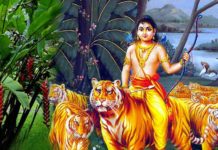
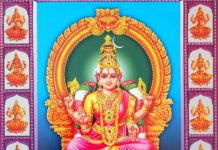
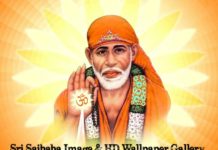
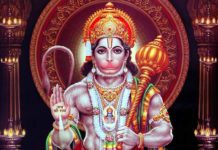
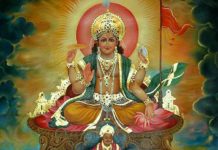
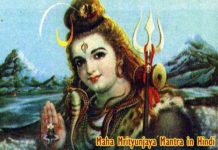
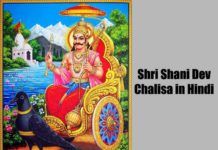
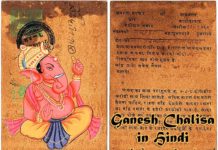
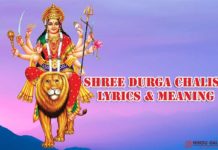
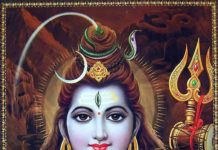
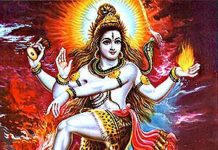
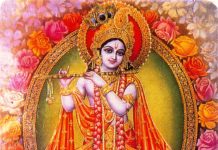
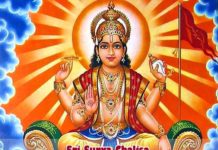
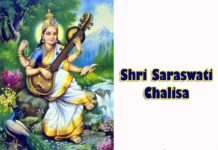
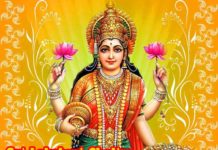
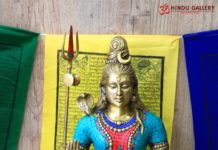


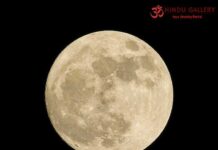
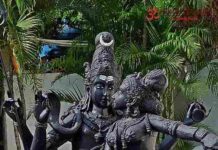
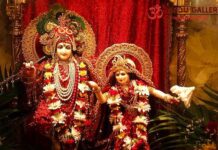
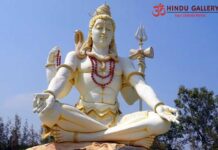
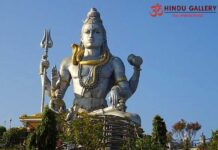
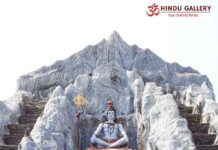
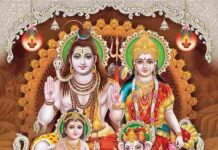
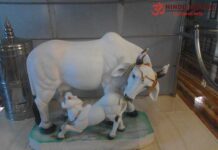
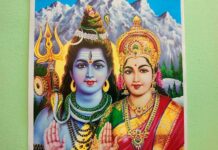
God is everywhere. God can be one and He can be several. It is beyond our understandings. But Bishnu avatar means representative. They are the parts of Lorad Bishnu. Hence several avataras can co-exist at the same time. Still, Lila of god is not always comprehensible . Thank you.
As per the Vishnu Puran Shri Hari Vishnu will come to he universe once again as ‘Kalki’ as the Last Avatar in the Yuga is passing by. Then what the Vishnu Puran indicates : (1) The Universe will not be exist after this Kali Yuga !; (2) No Evil will be there at all after the Kali Youga!; (3) No Human Being will be there on the universe after the Kali Yuga !
[…] https://hindugallery.com/dashavatar-images/ […]
Dashaavatar of vishnu is nothing but evolution of human from single cell to Human.
Just as Lord Indra had expected, without Hiranyakasipu, the Asuras were no match for him. The Asuras lost the war. Lord Indra drove away most of the Asuras. After destroying Hiranyakasipu’s capital, Lord Indra marched into Hiranyakasipu’s palace.KURMA AVATAR
the avatar of lord Vishnu is very beautiful . In every avatar there is is an reason .And I like most avatar of lord Vishnu is Rama and lord Krishna there is an reason that is in Rama avatar Rama avatar we want to learn is Rama was very kind and he is very respect to his father so i like this in the Rama avatar .And in Krishna he respects and kind to his mother Yosadha and kind to himself and Ihave no words to say about Lord vishnu . He is not a god He is extrodinary Iam speakless about lord Vishnu Iam very believeable god .
SO PLESE BELIEVE GOD IF WE BELIEVE HIM HE WILL HELPUS IN VERY PROMBLEM
OM NAMO NARAYANNA
Narayana nee padamula sarannu
believe god
be happy
make others happy
finnally
YOU SMILE AND MAKE OTHERS TO SMILE
Avatharas are indicative of the evolutionary process. Fish, water, tortoise, amphibian, Varaha, strong mammal, Nara-singha, instinct and Intuitive take over. With this physical from change is over. From pygmy it is inward evolution, realisng first self and then God!
While most legends and texts consider Balarama as avatar of Shesha – the companion and protector of Vishnu. Gitagovinda of Jayadeva describes Balarama to be the eighth avatar of Vishnu. – Which one stands fittest?
Venkateswara avataram last avataram kada
NO IT IS NOT LAST AVATERAM KALKI IS LAST AVATARAM OK
HAI
krishna god
What about Vamana Avtar?
Mahabali was wise, judicious and extremely generous king and his subjects were very happy and content and more over he was a devout worshiper of Lord Vishnu.
To curb the growing reign of Mahabali and maintain supremacy of Indira , Lord Vishnu cunningly disguised as Vamana and requested Mahabali three paces and pushed him down.
If Parasuraman is said to be a criminal, vamana is unjustified and discriminatory. We doubt the credibility of not only the Avtar, Vamana but also the Lord Vishnu himself as treacherous.
Rice bag convert spotted. When your own thoughts are like this no wonder your generations to come will no doubt be far removed from the Indian culture and roots.
I swear parashuram was there when ram was there, how come two avatars of Vishnu were living in the same place? And the same with balaram and Krishna they are brothers,how can they both be avatars of Vishnu ?
Parashuram cannot be an AVTAR of Lord Vishnu. He has absolutely no divine qualities. He beheaded her own mother. How come his father asked his son to commit this gruesome murder of his mother. He is simply a criminal of the first order. Even in kaliyug it will be difficult to find a criminal of this kind.. He is worse than Bagdadi.